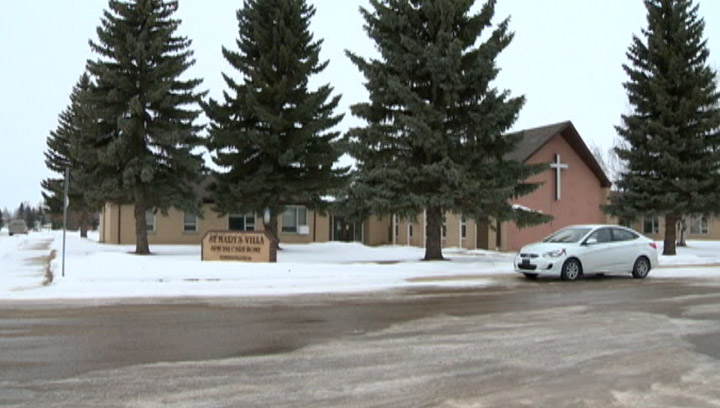REGINA – A six-person jury has delivered their findings at a coroner’s inquest into the deaths of three seniors following a carbon monoxide leak at a care home in Humboldt, Sask.

The deaths of 89-year-old Roman Schneider and 94-year-old Monica Washkosky were deemed accidental.
The cause of Schneider’s death was ruled to be carbon monoxide, while heart failure was found to have been what ultimately killed Washkosky.
The jury found the cause and manner of death of 98-year-old Gertrude Lukan was undetermined.
Four recommendations were made to prevent similar incidents, including installing carbon monoxide detectors at all Saskatoon Health Region facilities.
The other recommendations were for monthly meetings at the health region, cross-training for staff so maintenance workers know first aid and site managers better understand heating systems, and improved communications by SaskEnergy.
The deaths came in the aftermath of a Dec. 26, 2010, evacuation at the St. Mary’s Villa care home triggered by a carbon monoxide leak from a faulty boiler.
At the time, the facility had no carbon monoxide detectors.
Spokesman Nilesh Kavia said the health region welcomes the recommendations and will be able to put them in place eventually.
“The event was tragic. Not just for the residents and the families, but for our staff and all involved in the event,” he said.
- Toronto’s construction season traffic is ‘unacceptable.’ Is there a better way?
- More foreign interference action coming after inquiry report, India arrests: LeBlanc
- Why MP questions put the Bank of Canada governor in a political minefield
- Amid bird flu spread, Canada boosts surveillance and testing at border
Kavia acknowledged with many older buildings to operate, there were challenges keeping up with preventative maintenance while also dealing with urgent repairs.
“We have a finite group of resources that are trying to do both,” he said.
He noted the region has developed a database cataloguing all its facilities repair needs according to manufacturer’s specifications.
He said the region is trying to get to a point where they spend more time on preventative maintenance than they do on immediate repairs.
“When we get there, I’d say that’s when we’ve reached sustainability of our structure… we’re not there yet. We’ve still got a ways to go,” he said.

Comments